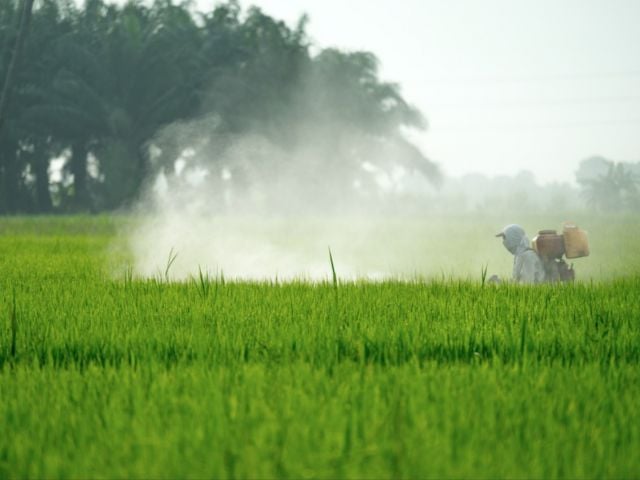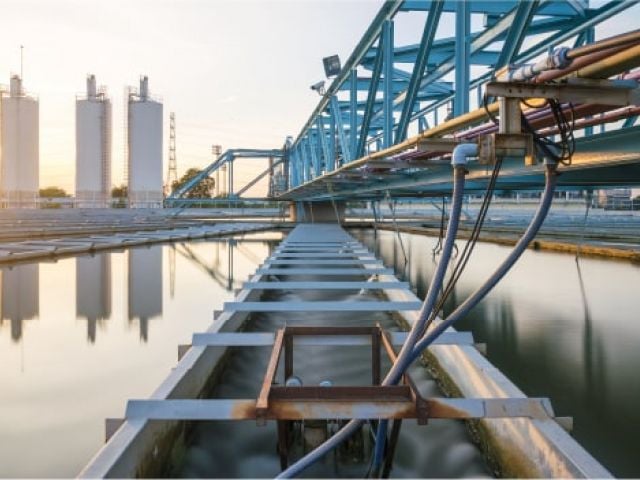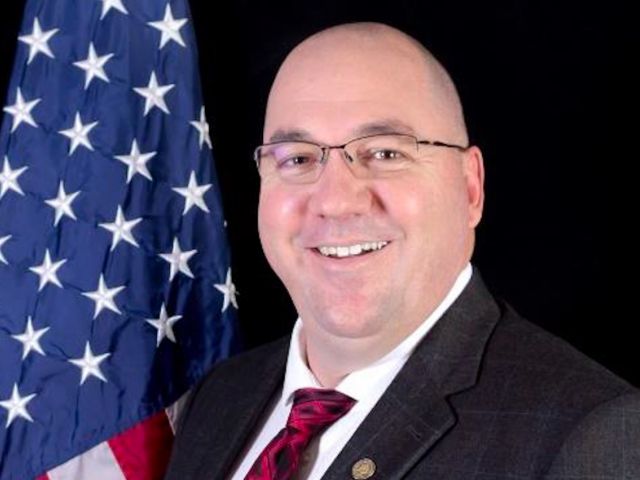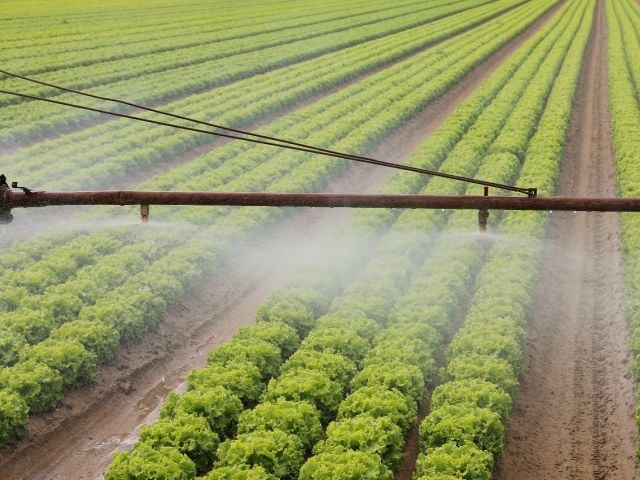Displaying 25 - 48 of 438
EWG News Roundup (11/16): Hormone Disrupting Weed Killer Contaminates U.S. Water, Thanksgiving Tips and More
EWG News Roundup (11/16) - Here's some news you can use going into the weekend.

Drinking Water and Children’s Health
Toxic pollutants in drinking water are particularly hazardous for children. Compared to adults, children drink more water per pound of body weight, resulting in greater exposure and greater risk. They...

Tough To Swallow
As the result of a law passed by Congress last year, millions of Americans and hundreds of water suppliers across the Midwest- ern United States have a new, first line of defense against the agricultural weed killers that have contaminated their tap water for decades.

Into the Mouths of Babes
Raised to Farm
Working with nature is not simple. But you can make a good living at it when you get your business model and growing system in place.

New Alliance Forms
What the Biden Administration Should Do To Protect Children From Toxic Pesticides

EWG News Roundup (9/14): Health Effects from Hurricane Florence, Groundbreaking BPA Study and More
EWG News Roundup (9/14): Here's some news you can use going into the weekend.

EWG's Dirty Dozen: Cancer Prevention Edition

EWG's Dirty Dozen: Cancer Prevention Edition

House Farm Bill Increases Pesticide Risks to Children, Farmworkers
The House farm bill includes several proposals that would roll back key pesticide protections, putting children, farmworkers, communities and even endangered species at risk.

How Investing $75 Billion on Infrastructure Will Make Drinking Water Safer

Days After Calif. Farmworkers Sickened by Pesticide Drift, EPA Delays Safety Rule
Last week the Trump administration decided to delay a rule meant to ensure that the most dangerous pesticides are applied safely. This came just days after farmworkers were made sick from exposure to...

Full Disclosure
The federal government and the states have adopted a high- cost, high-risk strategy in their drinking water programs, where consumers pay water suppliers to try to make polluted water drinkable. In spite of the vigorous efforts of drinking water providers, tap water made from dirty rivers and lakes is often host to multiple toxic chemicals, or is contaminated with the by-products of the clean-up

Americans Are Worried About Their Drinking Water
Lead, PFCs, hexavalent chromium, fertilizer and pesticides are just a few of the dangerous contaminants found in U.S. drinking water. According to a new nationwide survey, Americans' concerns about...

Synthetic chemicals: The unfortunate predicament
EWG News Roundup (12/20): Congress Fails on PFAS, Trump EPA’s Bear Hug for Hormone-Disrupting Pesticide, and More
EWG News Roundup (12/20): Here's some news you can use going into the weekend.

What's in Washington's water?
To Support Military Families, Congress Must Pass the PFAS Action Act
On Wednesday, I spent the day with retired military firefighter Kevin Ferrara. Like thousands of military firefighters, Master Sgt. Ferrara was trained at Chanute Air Force Base – a now-closed...

5 Ways House Farm Bill Would Roll Back Protections from Pesticides
The negative health and environmental impacts of pesticide use and exposure are well established: They range from increased cancer risk, to damage to children's brains and nervous systems, to lower...

Natural Selection Foods: Organic spinach not to blame

Farm livin': Not the life for toads
E. coli from factory farms threatens America's leafy greens

More than 600,000 service members given ‘forever chemicals’ in drinking water
